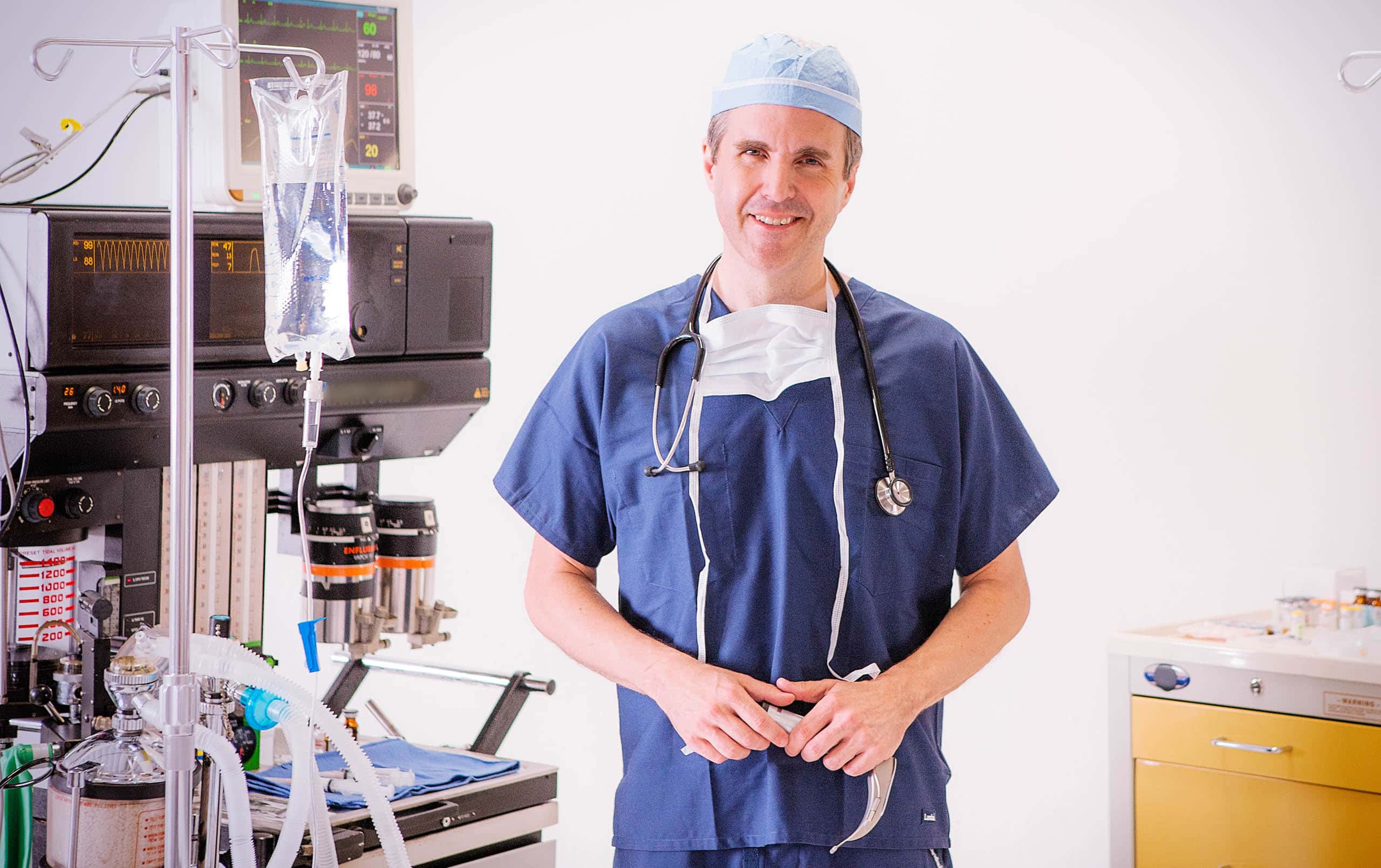
Recent statistical reports indicate that the medical field is experiencing a shortage of both primary care and specialty physicians, increasing the likelihood of a widespread serious physician shortage in the United States. A physician shortage, as calculated by the AAMC, is a calculation of the gap between physician supply and demand. According to the Association of American Medical Colleges’ Center for Workforce Studies, the physician shortage is expected to approach 104,900 physicians by 2030. By physician category, the AAMC predicts a shortage of between 7,300 and 41,300 for primary care physicians, as compared to a shortage of between 33,500 and 61,800 for non-primary physicians.[1] The latter category includes physicians categorized under specialty services, under which anesthesiology is housed. Note that the AAMC projections are variable to account for a variety of elastic conditions implicit in physician supply and demand calculation. The lower end of the spectrum provides estimates for an optimistic calculation, referencing several policy approaches to ameliorate the physician shortage. However, the higher end of the range represents a final sum based on inaction on the part of healthcare providers, anesthesia management services, and medical educators alike.
A multipronged approach is necessary to avoid a serious physician shortage in 2030, particularly in specialized fields such as anesthesia services. In sum, a multipronged approach may be comprised of the intersection between innovative medical technologies, modernized medical education policies, and optimized collaborative delivery practices. Innovative medical technologies will provide an incentive for physicians to enter a specialized field by minimizing time spent on administrative services. For example, many novel medical database applications streamline the documentation process, allowing physicians to focus on diagnostic and therapeutic work above clerical tasks. In addition, a push for modernized medical education policies will encourage students to pursue medical careers, specifically in anesthesiology and other specialty fields. These policies may be advocated via support for post-medical school training at the federal level; an increased emphasis on medical specialization in the medical school curriculum; or other such policy levers that add incentives for medical students to specialize and thus reduce the projected physician shortage. Finally, the optimization of collaborative delivery practices will minimize physician shortage by effectively applying assets towards medical cases. In practice, this will require maximizing the use of Certified Registered Nurse Anesthetists (CRNAs) in anesthesiology practices, as well as a reconfiguration of other key members of the medical team. In this way, anesthesiologists will be supported throughout the duration of each medical cases, ensuring the longevity of physicians in the field.
Taken together, the above multipronged approach is one potential mechanism to address serious physician shortage. However, anesthesiologists, anesthesia management companies, and medical educators must share knowledge to develop further techniques to address a physician shortage in anesthesia, thus minimizing the threat of a serious and impactful shortage in the United States.
[1] https://aamc-black.global.ssl.fastly.net/production/media/filer_public/73/32/7332e443-2302-4daa-a56e-6937a43646ea/2017_workforce_projections_key_findings.pdf

